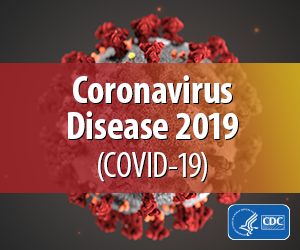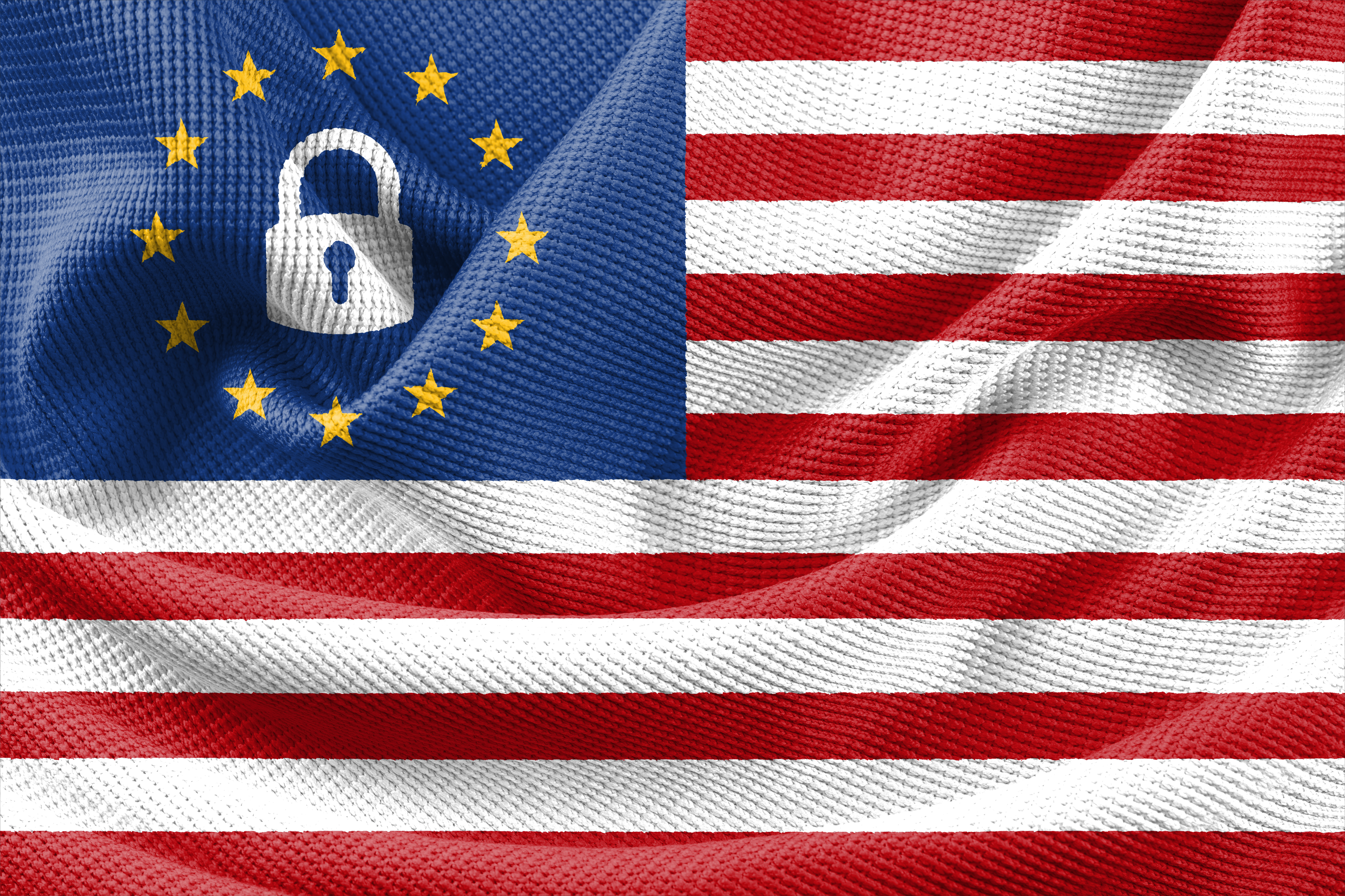As Benesch previously reported, U.S. EPA issued guidance entitled, “COVID-19 Implications for EPA’s Enforcement and Compliance Assurance Program” on March 26, 2020. The memorandum expressed U.S. EPA’s general intention to exercise enforcement discretion when the COVID-19 outbreak causes noncompliance with a range of otherwise routine environmental obligations, such as monitoring and reporting required under federal permits. The memorandum, however, did not address compliance issues arising under Superfund and RCRA Corrective Action Instruments.
On April 10, 2020, Peter Wright. EPA’s Assistant Administrator for Land and Emergency Management, and Susan Bodine, EPA’s Assistant Administrator for Enforcement and Compliance Assurance, jointly issued “Interim Guidance on Site Field Work Decisions Due to Impacts of COVID-19” (Interim Guidance). The Interim Guidance outlines how EPA Regional Offices should handle potential interruptions in work at EPA-lead cleanups at private sites and federal facilities until the public health threat associated with COVID-19 is resolved. This includes EPA-lead Superfund cleanups, Resource Conservation and Recovery Act (RCRA) corrective actions, PCB cleanups under the Toxic Substances Control Act, cleanups under the Oil Pollution Act, the Underground Storage Tank program and EPA emergency responses to releases or substantial threats of releases when EPA is the lead agency. The Interim Guidance applies to the pre-construction, construction and post-construction phases of cleanup and applies regardless of whether the work is being conducted by federal contractors or by private parties. But it does not apply to cleanups being conducted or managed by states, such as RCRA cleanups in states with delegated authority to manage such cleanups.
The Interim Guidance acknowledges that various governments have issued COVID-19 health declarations that could conflict with the ability to conduct on-site cleanup work, and that even where not directly prohibited, the Agency should consider the feasibility and safety of potential staff travel. EPA also recognizes that both field work and access to necessary support, such as laboratories and off-site equipment, could be delayed by COVID-19 due to travel and personnel restrictions, or a lack of materials and/or equipment.
EPA states that all decisions to continue, delay or pause a response action will be made by Regional Offices on a “case-by-case basis” consistent with two overarching principles:
- Protecting the health and safety of the public, as well as maintaining the health and safety of EPA staff and cleanup partners, is the Agency’s highest priority. Integral to the protection of health and safety is the adherence to any federal, state, tribal, or local health declarations and restrictions, to the extent possible; and
- Maintaining EPA’s ability to prevent and respond to environmental emergencies, or in any situation necessary to protect public health and welfare and the environment, is also a critical priority for the Agency.
The Interim Guidance makes clear that EPA intends for parties subject to consent orders and other enforcement instruments who wish to pause or delay a cleanup due to COVID-19 to structure their request in accordance with the instrument’s force majeure provision or other provision that authorizes the EPA Project Manager to adjust work schedules. While EPA intends to be flexible in enforcing the instrument’s time limits for making requests, the Interim Guidance does not seek to supersede or amend those instruments.
Factors Regional Offices Must Evaluate Before the Agency Continues, Reduces or Pauses Cleanup Efforts
In an effort to ensure that Regional Offices achieve consistency in their decisions, the Interim Guidance contains two sets of site-specific factors that Regional Offices should consider when deciding whether response actions should continue, be slowed, or be paused. Factors that tend to support a decision to delay or suspend response actions include:
- State, tribal, or local health officials have requested particular site operations or types of operations that would pertain to particular sites be suspended.
- Site workers have tested positive for or exhibited symptoms of COVID-19.
- Sites where there may be close interaction with high risk groups or those under quarantine, such as work inside homes.
- Sites where contractor field personnel are not able to work due to state, tribal, or local travel restrictions or medical quarantine.
- Other sites where social distancing is not possible.
- Sites requiring field work, such as periodic monitoring or sampling in support of a RCRA Facility Investigation, Superfund RI/FS, or five-year remedy review, that would not lead to a near-term reduction in human health risk.
Factors that tend to support a decision to continue response actions include:
- Sites where failure to continue response actions would likely pose an imminent and substantial endangerment to human health or the environment, such as emergency responses, actions to eliminate direct public exposure to contamination, protection of drinking water sources from contaminant plumes, and actions to prevent explosions and other catastrophic events.
- Sites where maintaining response actions would lead to a reduction in human health risk/exposure within the ensuing six months through measures such as vapor intrusion responses, residential cleanups, and provision of clean drinking water supplies.
The Interim Guidance applies only to field work and does not excuse the performance of work that is or could be performed remotely, such as pre-NPL work, modeling, negotiations between parties, decision documents, cleanup documentation, workplans, progress reports, and maintaining compliance financial assurance obligations. Moreover, the Interim Guidance makes clear that if the Region elects to pause field work, response actions will not be abandoned without any federal oversight. Regional Offices must continue to monitor a site, conduct community involvement activities, and plan to resume response actions as soon as the threat of COVID-19 no longer warrants delay. Should the Region elect to continue response actions, Regional Offices still must review and modify, as appropriate, the response action’s health and safety plan to ensure that it accounts for the Centers for Disease Control’s (and/or other’s) COVID-19 guidelines, including any potential virus transmission into or across areas.
Key Issues for Businesses Subject to Federal Enforcement Requirements
The Interim Guidance does not supersede or amend existing enforcement instruments. Therefore, it is critical that Potentially Responsible Parties (PRPs) who believe that a pause or delay in cleanup activities is necessary or unavoidable carefully review and analyze the applicable enforcement instrument. Often, an enforcement instrument, like a consent decree, will contain a force majeure provision that can excuse performance of certain remedial obligations if a covered event occurs for a certain amount of time. The Interim Guidance suggests that the impact of COVID-19 can in some instances constitute force majeure. If so, the instrument will establish specific notice obligations as prerequisites for excusing performance.
Even if invoking force majeure is unnecessary at present, because the necessary personnel are available to continue cleanup at a site, PRPs and their contractors should try to anticipate factors that may impact upcoming phases of the work. For example, governmental health orders and the policies of private contractors and vendors designed to mitigate the effects of COVID-19 have the potential to impact remedial obligations. Travel and work restrictions like shelter-in-place orders, visitor bans from industrial facilities, and interruptions to contractor and vendor supply chains may impact the timing of performance of field work, the transportation, analysis, and reporting of laboratory results, and the preparation of reports required by the enforcement instrument. In light of how quickly conditions can change, PRPs should consider keeping the EPA Project Manager (and/or the government contact person designated in the enforcement instrument) aware of current conditions and the potential necessity for invoking force majeure or modifying the project schedules in the future, as continued vigilance and communication are vital to pausing or modifying a requirement of the enforcement instrument.
In practice, we have seen that response and compliance activities at sites where our clients are involved have been proceeding, albeit slowly and with thoughtful planning, notwithstanding the various state shut-down orders. On-site work has been scheduled, but in careful coordination with U.S. EPA Project Managers.
Conclusion
U.S. EPA’s Interim Guidance makes clear that EPA’s Regional Offices have the authority to modify work schedules or pause response actions as necessary to responsibly respond to the COVID-19 outbreak. When deciding whether to pause or delay a response action, the Regional Office must balance the human health and environmental benefits to be provided by the ongoing cleanup against the need to protect the health of those involved in the cleanup by considering the factors outlined in the Interim Guidance. However, for private party cleanups, requests for such a pause or delay must also be drafted to meet the requirements of one or more provisions in the enforcement instrument under which the cleanup is being conducted.
If you have any questions regarding the content above, please contact a member of Benesch’s Real Estate & Environmental Practice Group.
Kevin D. Margolis at kmargolis@beneschlaw.com or 216.363.4161.
Reed W. Sirak at rsirak@beneschlaw.com or 312.212.6256.
***
Please note that this information is current as of the date of this Client Alert, based on the available data. However, because COVID-19’s status and updates related to the same are ongoing, we recommend real-time review of guidance distributed by the CDC and local officials.

